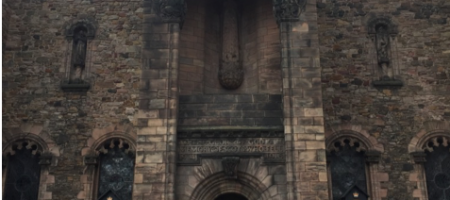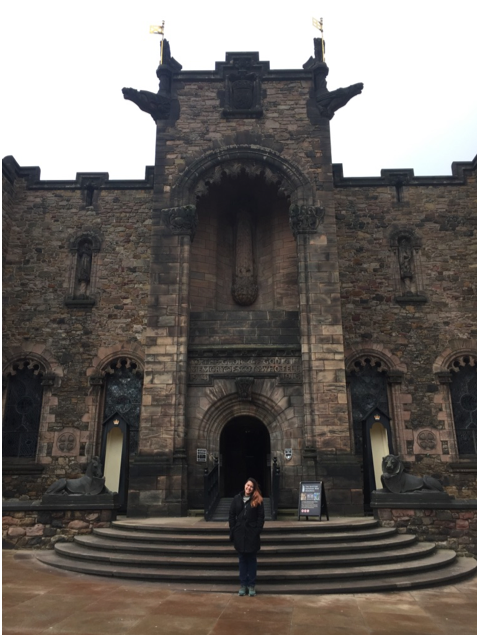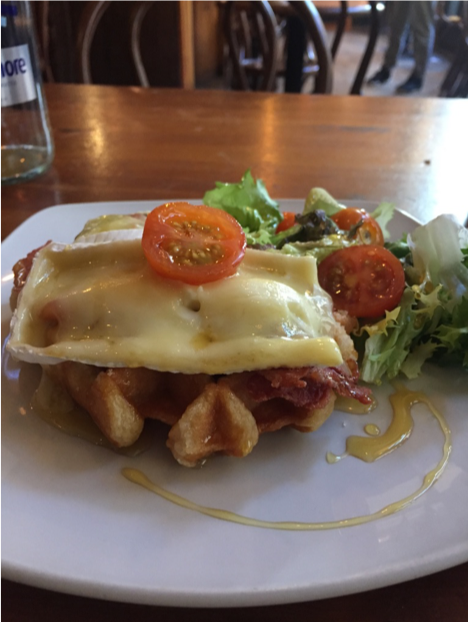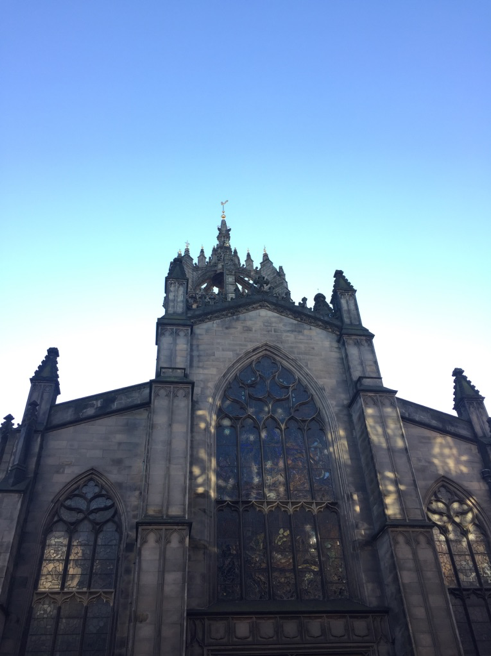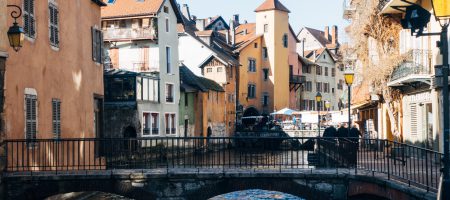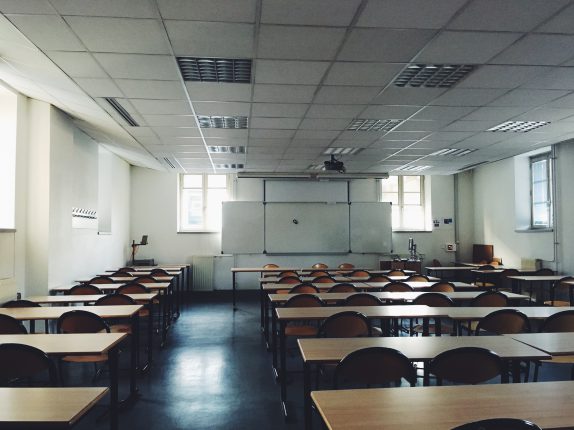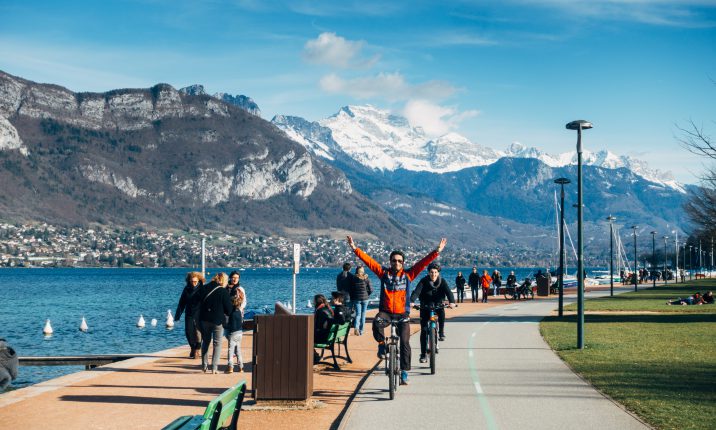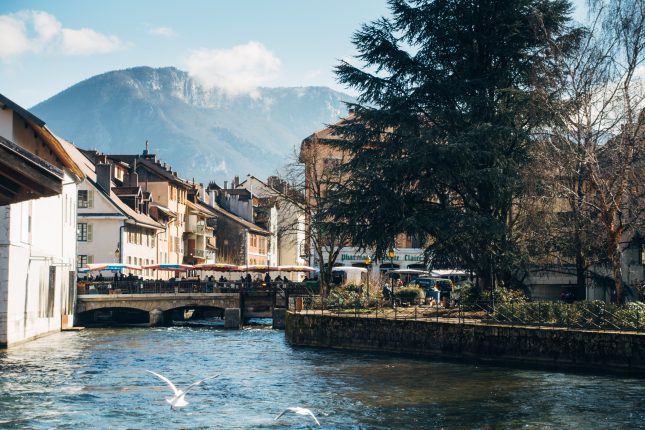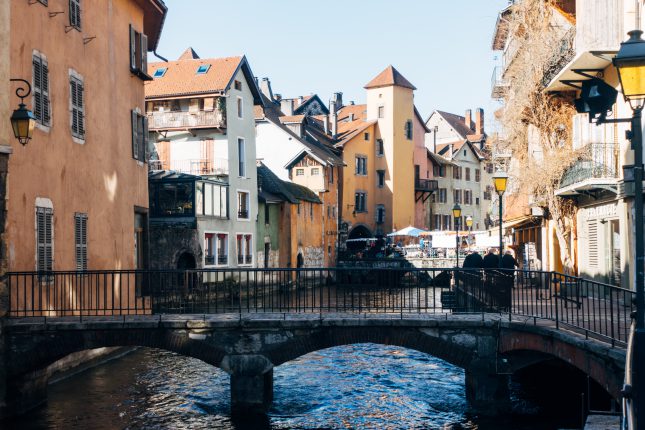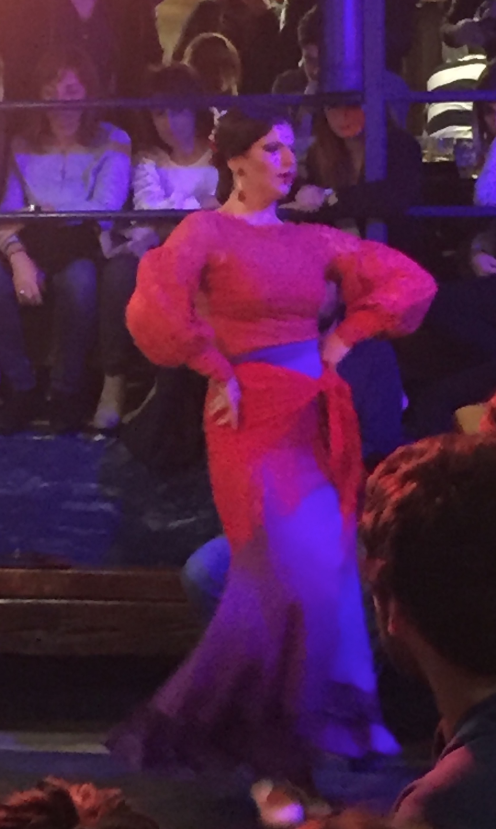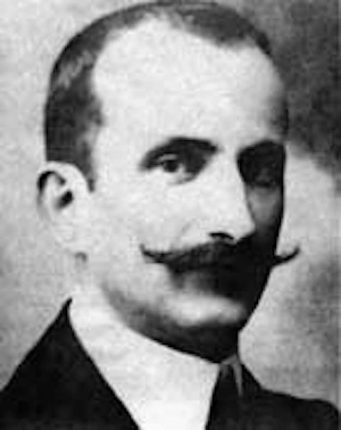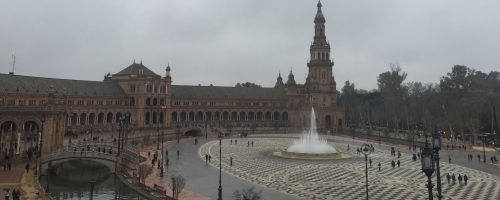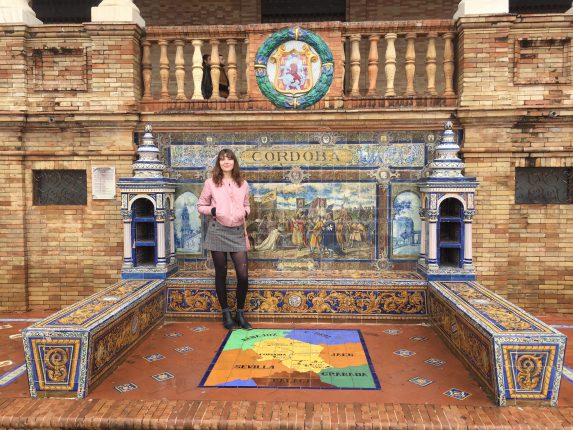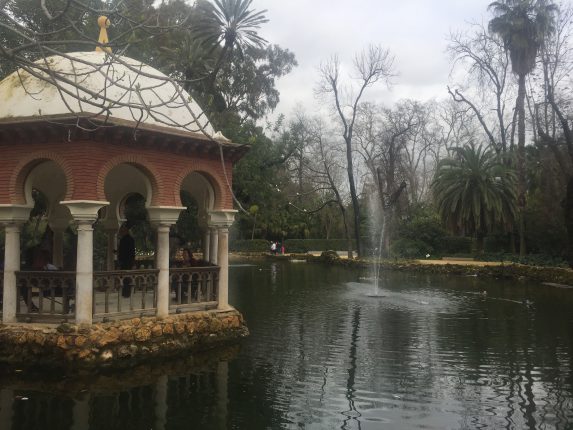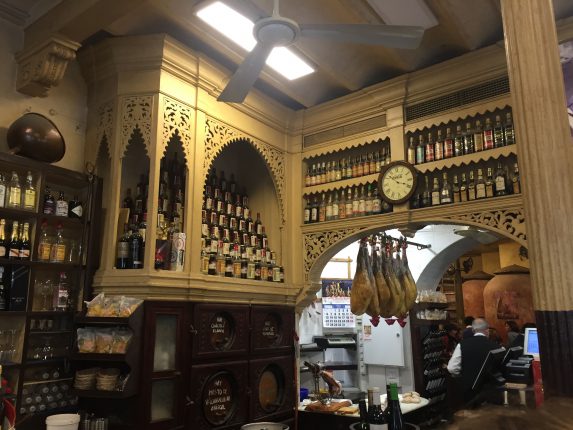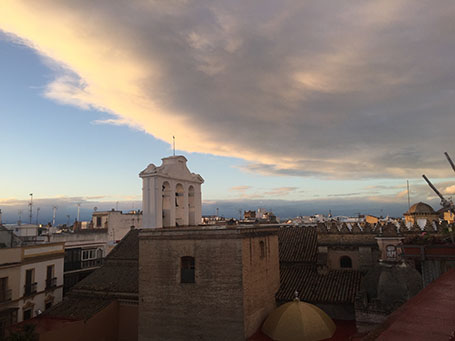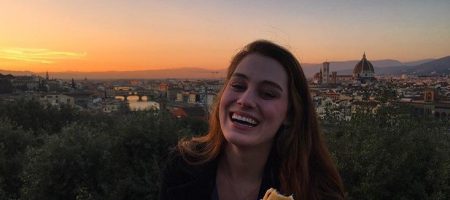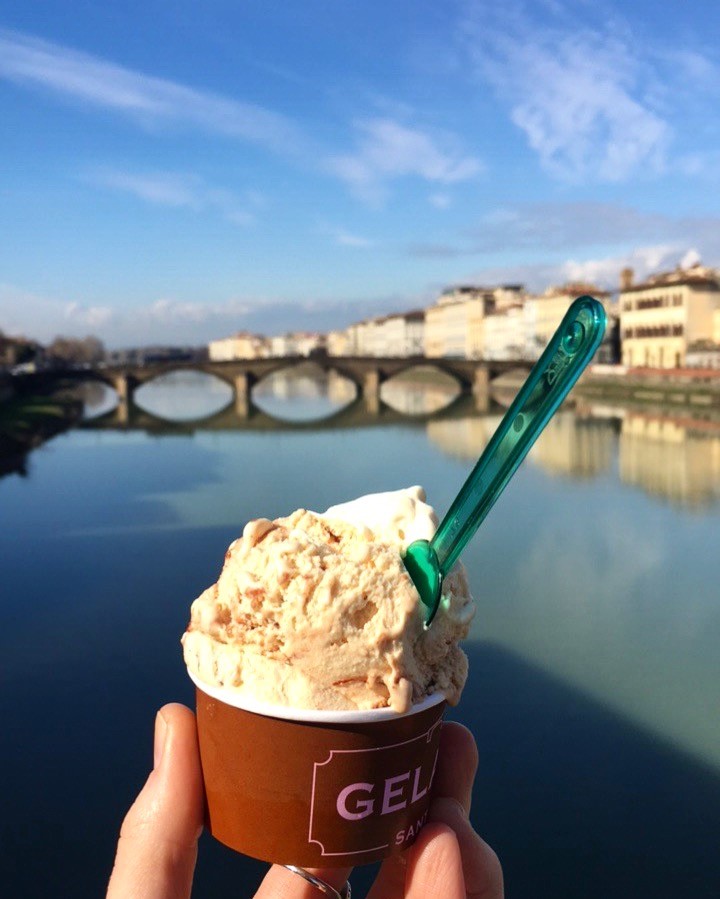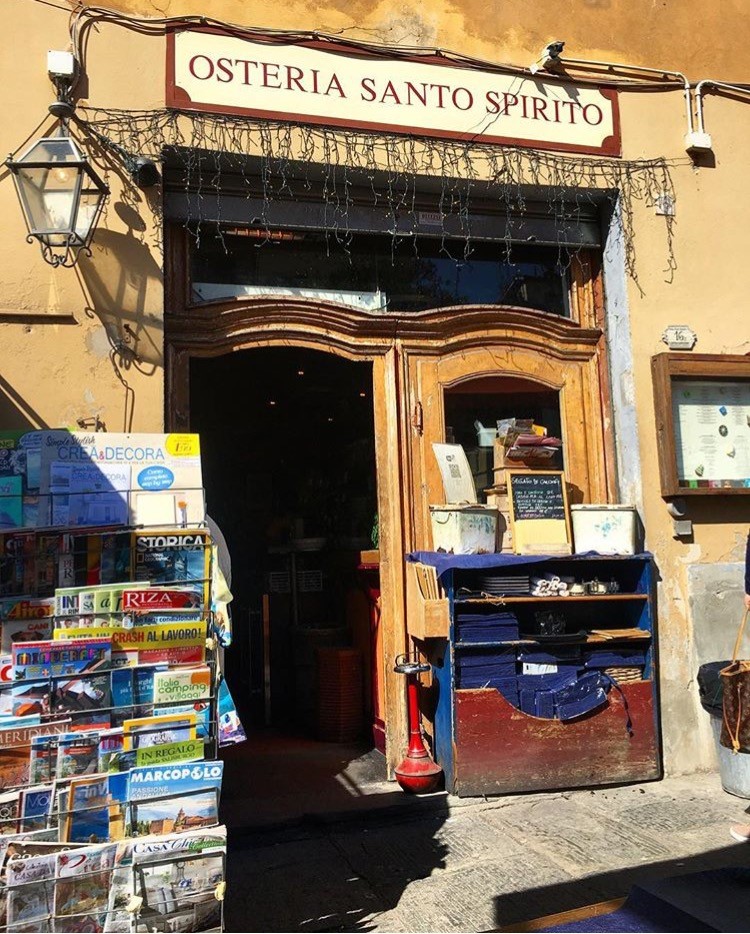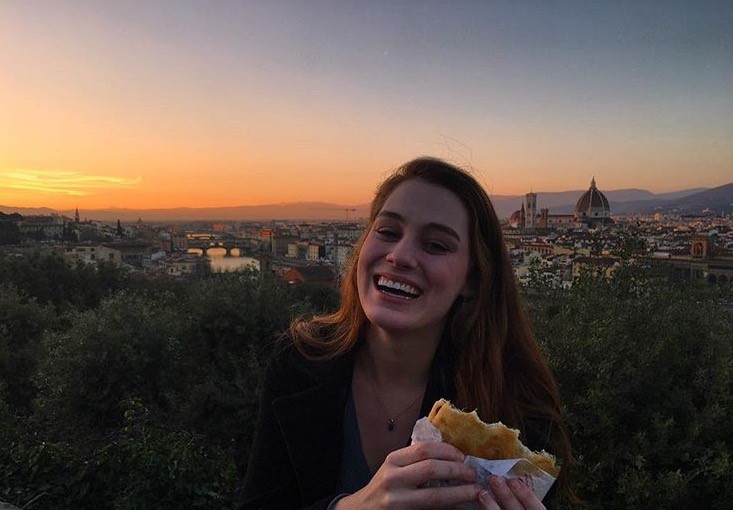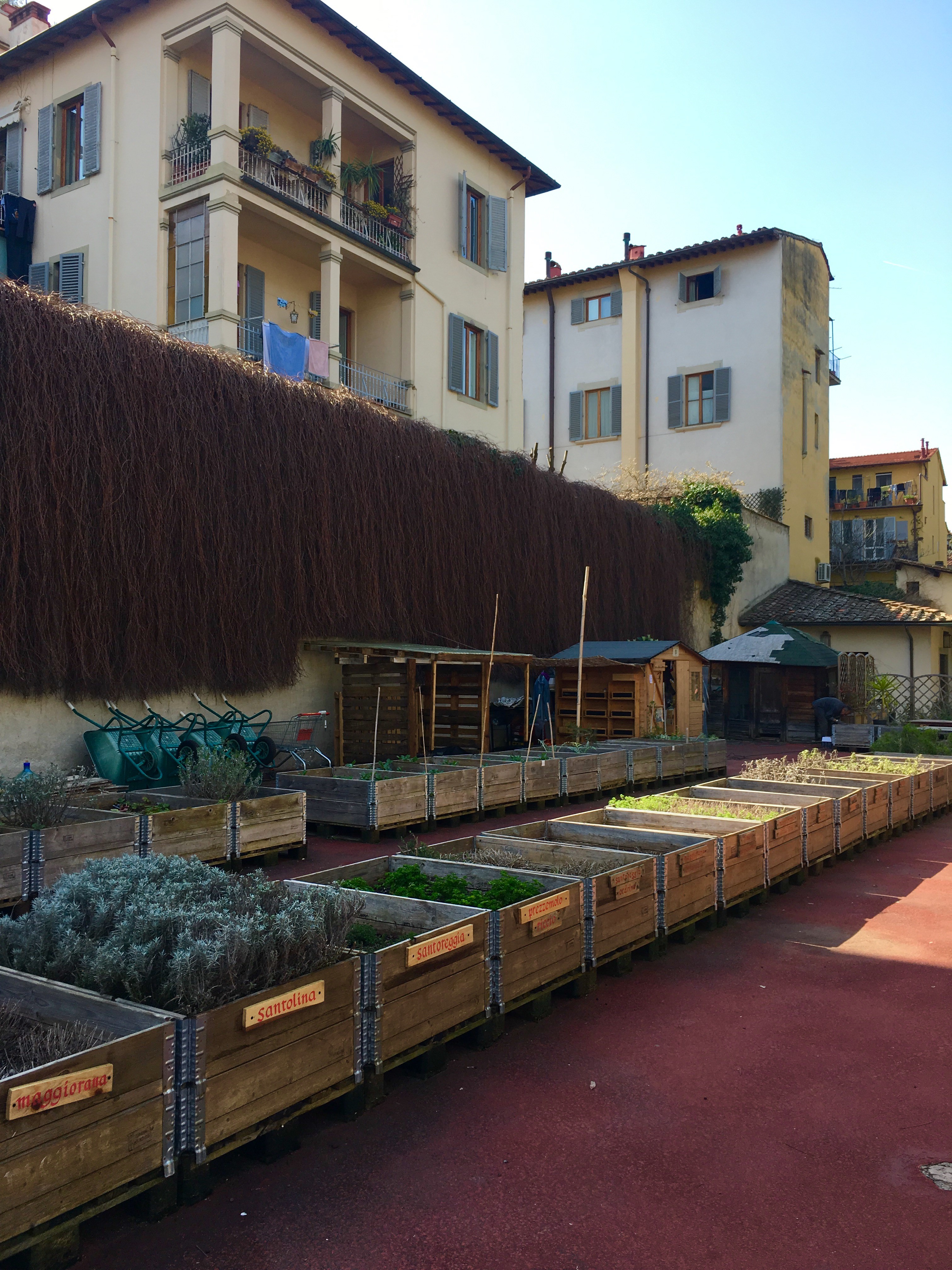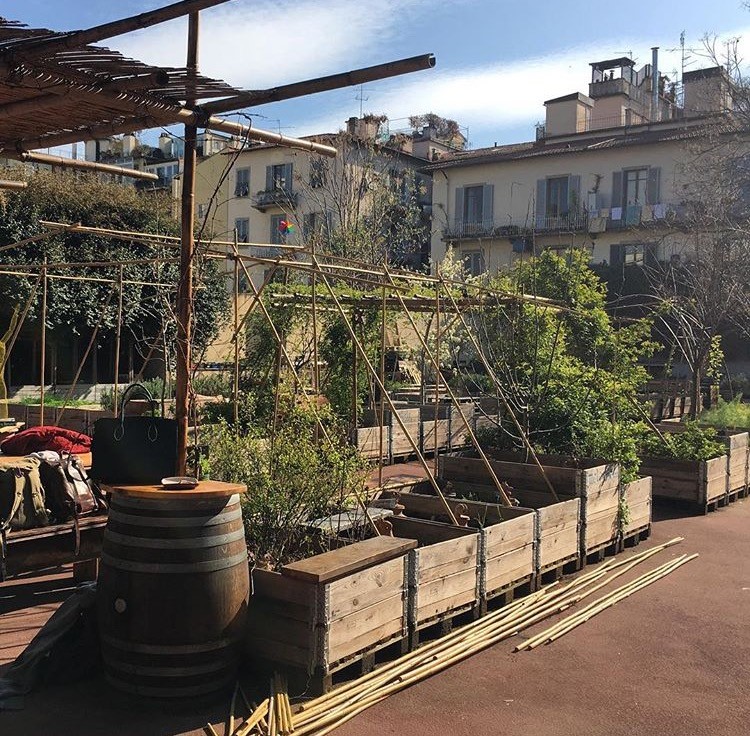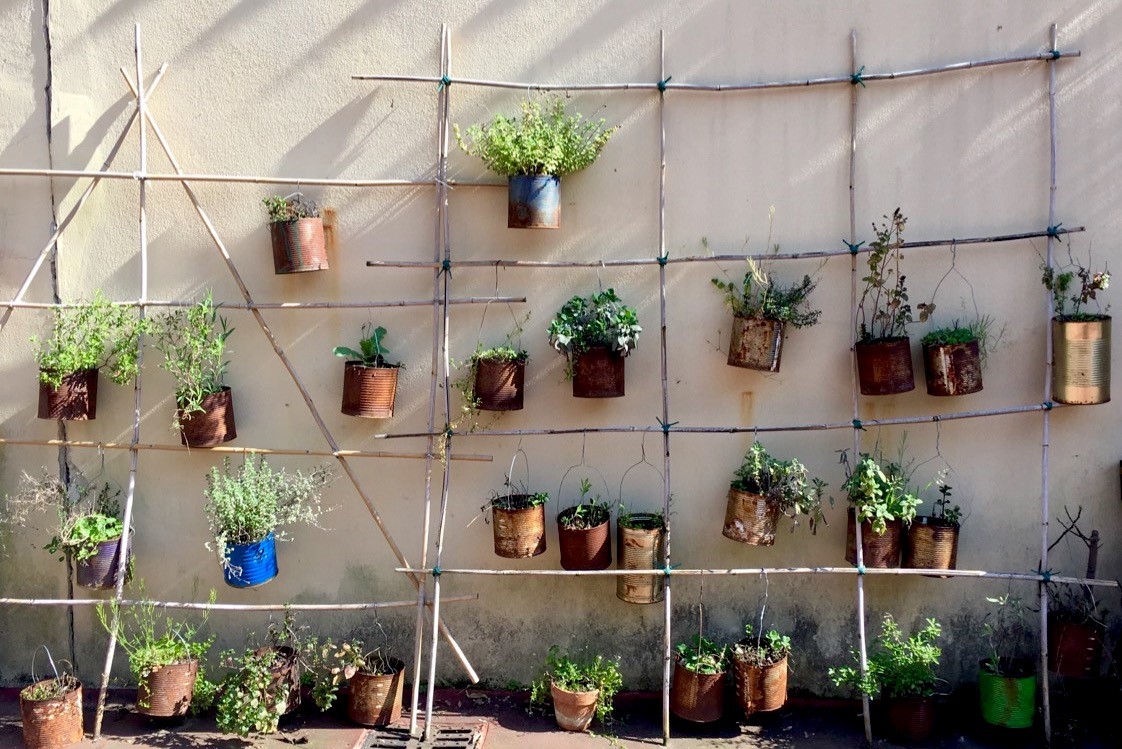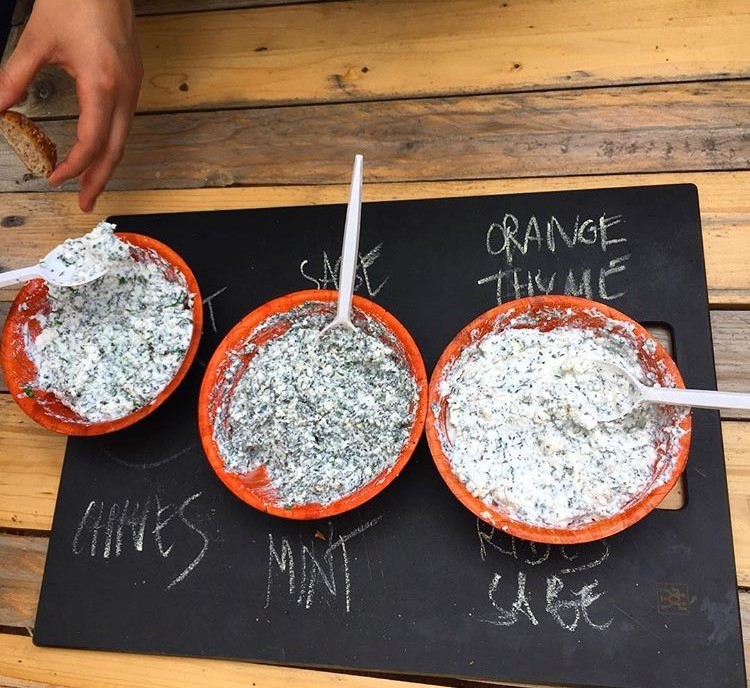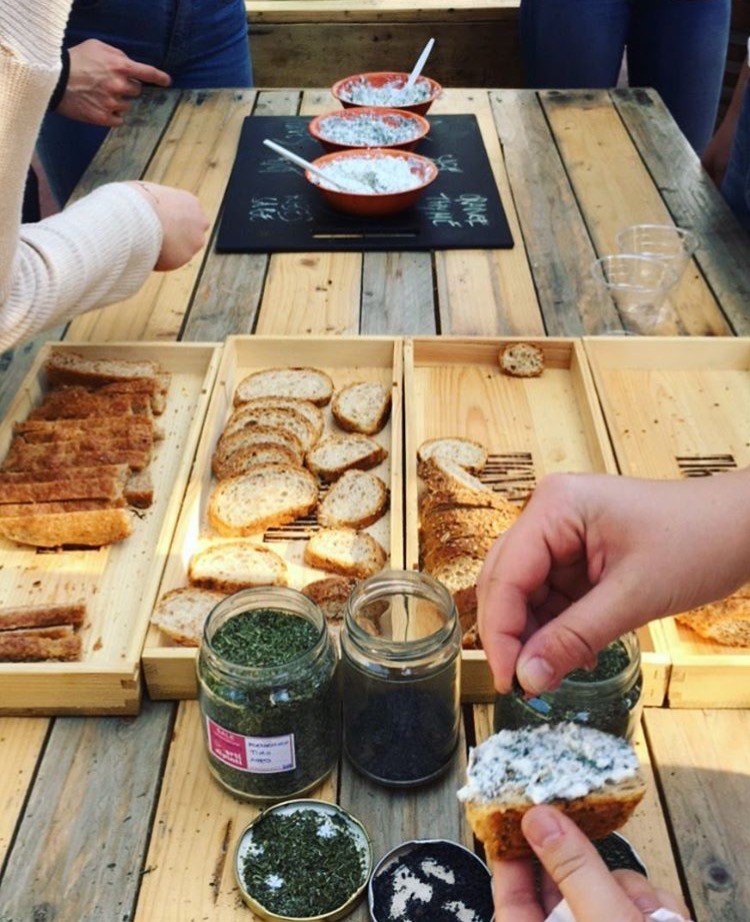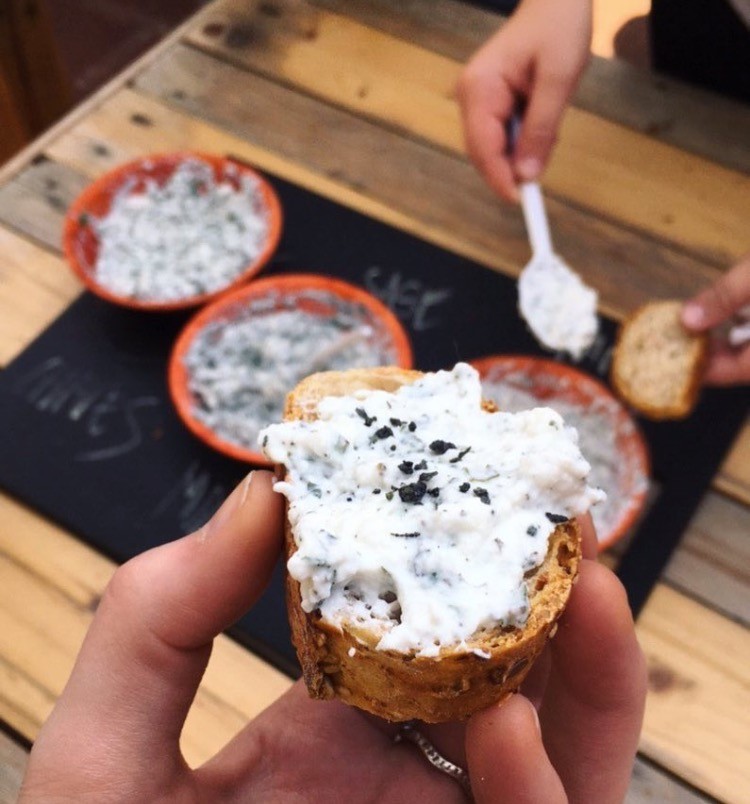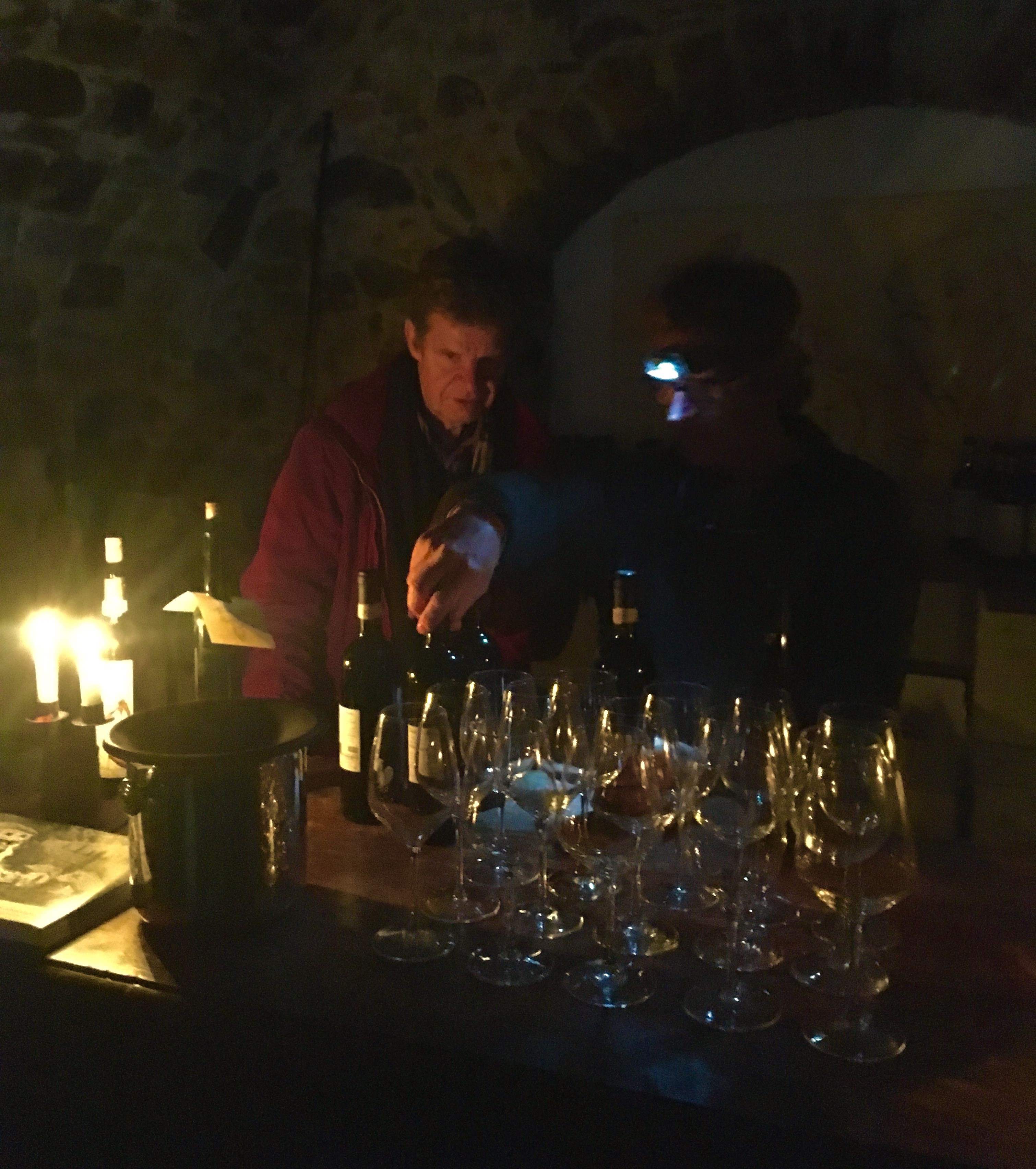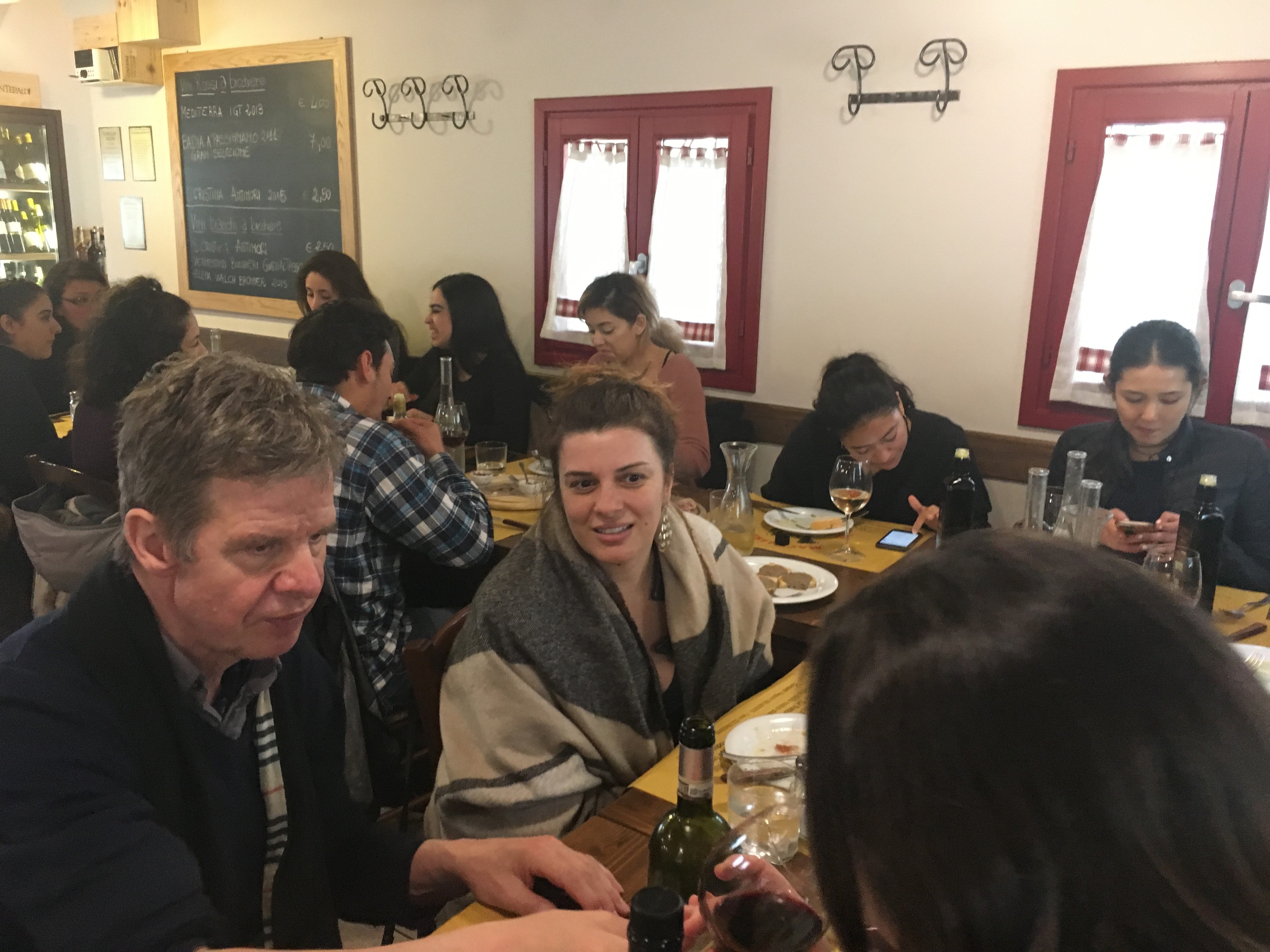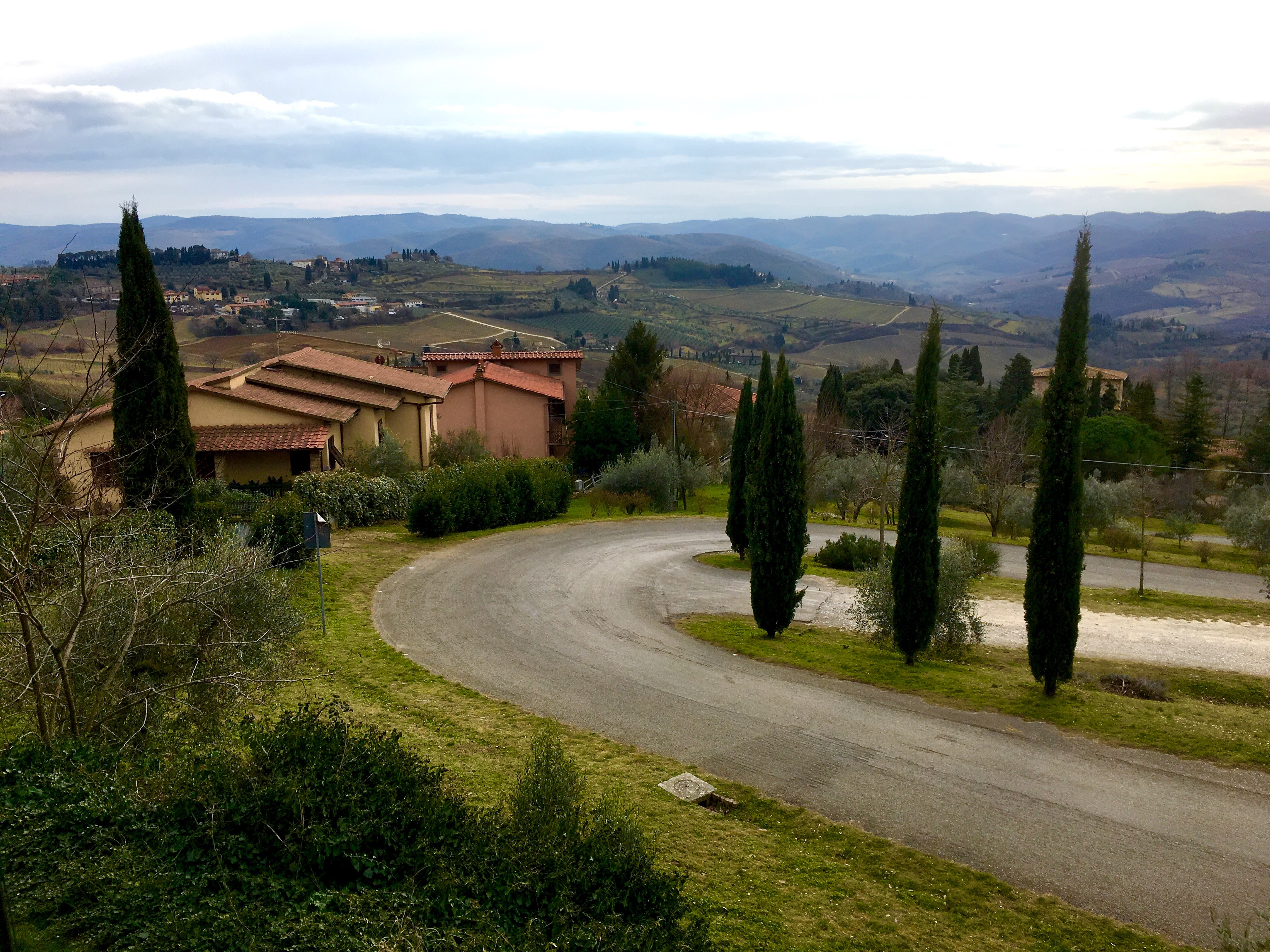Australia | Getting Settled in Brisbane
BY MONICA MARTINEZ
My name is Monica Martinez, I am a current second-year double majoring in Political Science and Geography/Environmental Studies. I am the lone UCLA Bruin studying at the University of Queensland in Brisbane, Australia for Semester 1, 2017. Born and raised in the city of Los Angeles, I was more than excited to travel internationally for the first time, especially to a country (and continent) that is seven thousand miles away. I arrived in Brisbane three weeks ago and I have had the greatest experience thus far! Reflecting on my own experience, I would highly recommend that you take the time to plan and budget now, to ensure your time abroad is as stress-free as possible.
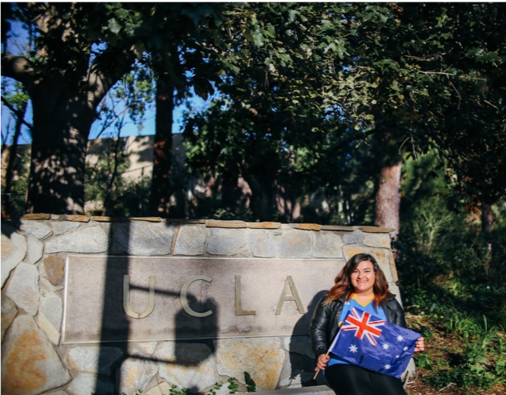
FLIGHTS
Flights to Australia can be expensive, reaching prices over $1,000. While it is important to secure your arrival to Brisbane by the mandatory date set by the university, I found there is no immediate need to purchase your plane ticket right away. I searched for months on STA Travel, a flight agency that provides discounted fares for students, and I noticed sudden fluctuations in prices depending on the month of purchase and day of departure. While I did see prices go up to $1240, I purchased a round-trip ticket two months in advance for only $735. Although not having a flight months ahead of your program can be frightening, I suggest investing time to search for the best deal because it can result in you saving money (in this case hundreds) that can be used later towards other expenses.
After securing your flight, take the time to check your baggage allowance and required travel documents to guide your packing. An important note: LESS IS MORE. Flying with Virgin Australia, my baggage allowance provided two 23 kg (50lbs) checked bags and one 7kg (15lbs) carry-on bag. While the combined allowance of 115lbs seems plentiful, everything does add quickly.
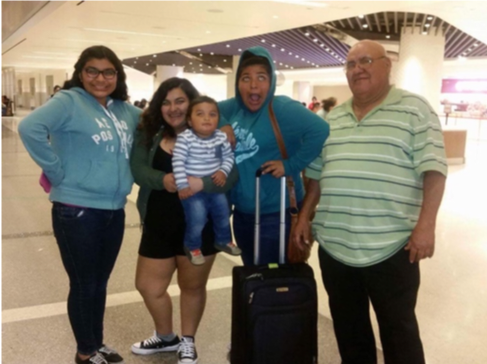
PACKING
DO take your most essential items (medication, passport, electronics) and then move on to clothes. I arrived in Brisbane in February and I planned to stay here until July – although this time frame is equivalent to Spring/Summer in Los Angeles, it is equivalent to Fall/Winter here in Australia because it is located in the Southern Hemisphere. MAKE SURE TO TAKE NOTE OF THE WEATHER or else you will find yourself wearing a jacket when it is 90F (from personal experience, I can tell you that this is not fun!) Pack clothes that you would typically wear every day to school, while also remembering to add a business-casual outfit for a future presentation or university-sponsored event, an outfit (or two) for a night out with friends in the city, and outdoor/swim wear for when you go sightseeing. The same idea would apply for shoes (take what you need rather than taking your whole closet).
A crucial piece of luggage that you need to bring before you come to Australia is an outlet adapter. I heard the words adapter and converter interchangeably, which was rather confusing, but they do not mean the same thing. You only need a converter if your appliances/chargers are not listed as 120-240V (which most American devices are). Purchase an adapter, either one strictly for Australia or an international adapter if you plan on visiting other countries during your time abroad. Additionally, IF YOU CAN feel free to bring toiletries, school supplies, cosmetics (makeup is SUPER expensive here, I recommend stocking up before arriving), and a first-aid kit. If you are reaching the weight limit, feel free to skip these as these can be bought here at a local department store.
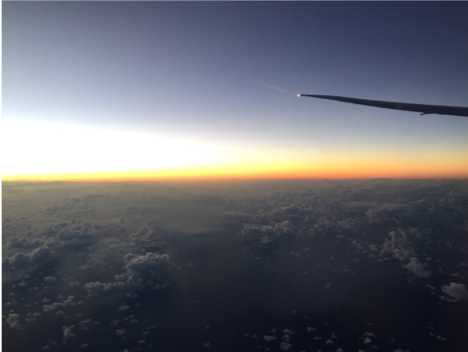
TRANSPORT
From the Brisbane Airport (BNE), the main UQ campus is located in the suburb of Saint Lucia. While you can either get a taxi or Uber to take you to your accommodation, UQ provides a free service for international students known as the International Student Airport Reception. After receiving your my.uq.edu.au login, you can access the portal to sign up for a free airport pick up (you will quickly learn that free things are the best things). At the airport, student ambassadors from the university welcome you, answer any questions you may have, and even provide a few freebies to make your transition to Brisbane stress-free. The service collects all international students arriving in Brisbane between the designated time frame, making this a great opportunity to meet other students who are on the same journey as you. I found it comforting to find other students who shared the same anxiousness and excitement I did. From here, your driver will take you to your accommodation and you will be ready to settle in!
ACCOMODATION
Now, you are probably wondering what the word accommodation means: Accommodation = housing. On your pre-departure checklist, #3 states “Please note that you must arrange and pay for your semester housing. It is not included in the fees you pay to UCEAP and is not reserved or arranged for you.” This is where UQ Student Accommodation steps in! The website lists a host of housing options for prospective students, ranging from on-campus colleges (dorms) to UQ rentals. Living on-campus is a great opportunity for you to meet others, especially because each individual college is themed and hosts events throughout the year to make your experience memorable. BUT, be aware of the cost because securing your space in a college can cost a minimum of $10,000. To reiterate, you are looking at spending $10,000+ just for housing.
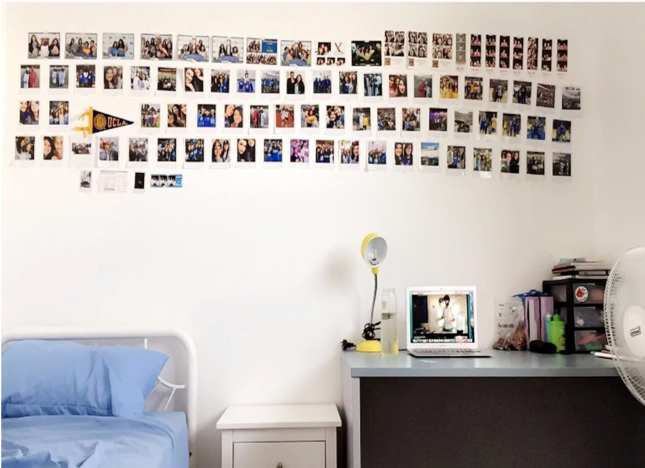
I chose to arrange my housing for the semester through the UQ rental option, selecting to live in a shared-house with other international students. This option provided me with the opportunity to meet other students, while living on a budget. Again: invest, invest, invest! Invest time in looking through the rental options to find the best fit for you! My accommodation is located a 10-minute walk to campus and 15-minute ride to the Brisbane Central Business District (CBD). I have my own individual room, bathroom, while sharing the kitchen, living room, and laundry room with three other students. The process was not easy, especially because the notion of having to pay rent every week instead of month was intimidating and because I was so accustomed to heading down to BPlate for food instead cooking my own, but it was so worth it!
I absolutely love it here in Brisbane! For anyone reading this and is nervous to go abroad, do not be because it will be the greatest experience of your life.
Stay tuned for the next post to read about my adventures here in the land down under!
Monica Martinez studied abroad in Brisbane, Australia in Spring 2017: http://eap.ucop.edu/OurPrograms/australia/Pages/host_Queensland_AustraliaImmersion.aspx



